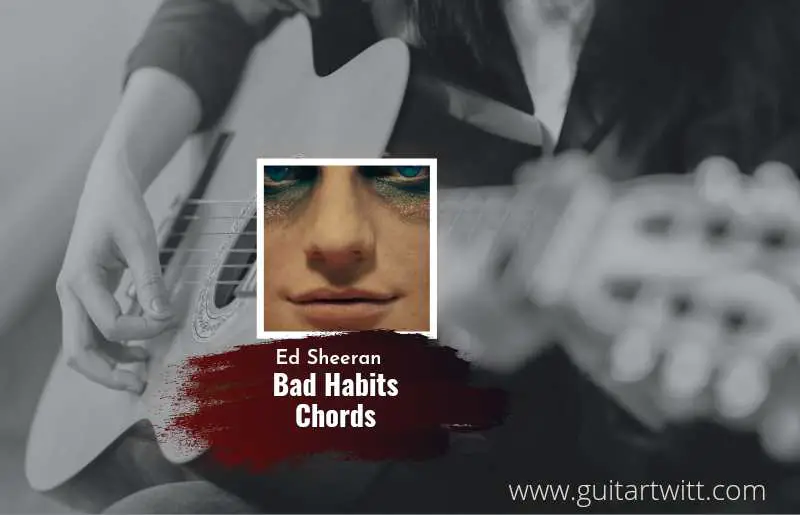Playing the guitar is a wonderful activity, and as a beginner, learning the different chords is very essential to your progress. One such chord is the Cmaj7 chord on Guitar, which is commonly used in many genres of music, from pop to jazz. In this article, we’ll take a detailed look at the Cmaj7 chord and how you can play it on the guitar.
Table of Contents
Introduction
Learning the Cmaj7 chord is a must for every guitarist because of how beautiful and useful it is. It’s common in many of different styles of music and may really set your playing apart. Learn every nuance of the Cmaj7 chord and strum it perfectly on guitar with the help of this tutorial.
What is a Cmaj7 Chord?
A Cmaj7 chord is a four-note chord that consists of four notes C, E, G, and B. It is a major chord with a seventh added to it, which gives it a unique sound. The Cmaj7 chord is commonly used in jazz, pop, and rock music, and it can add a sophisticated and mellow sound to your playing.
How to Play a Cmaj7 Chord on the Guitar
There are several ways to play the chords in different positions. To play a Cmaj7 chord on the guitar, you’ll need to place your fingers on specific frets and strings. Here’s how to play a basic Cmaj7 chord:
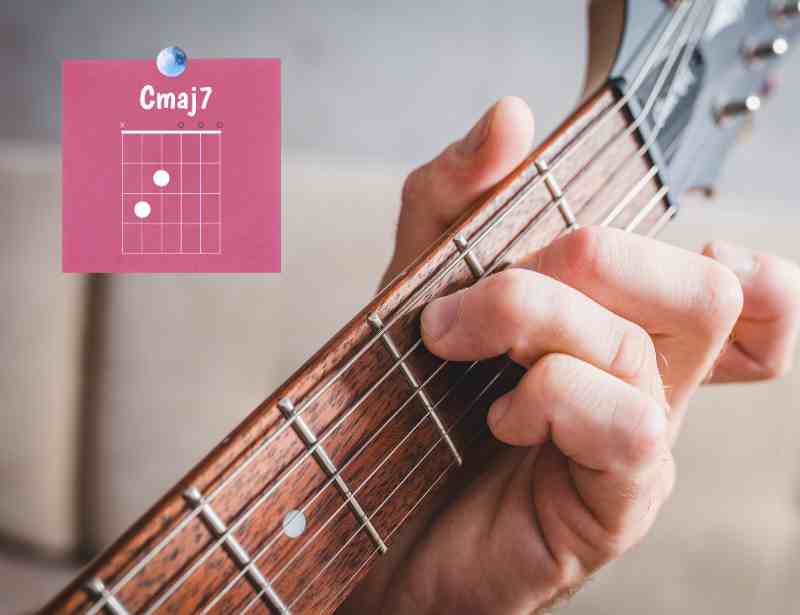
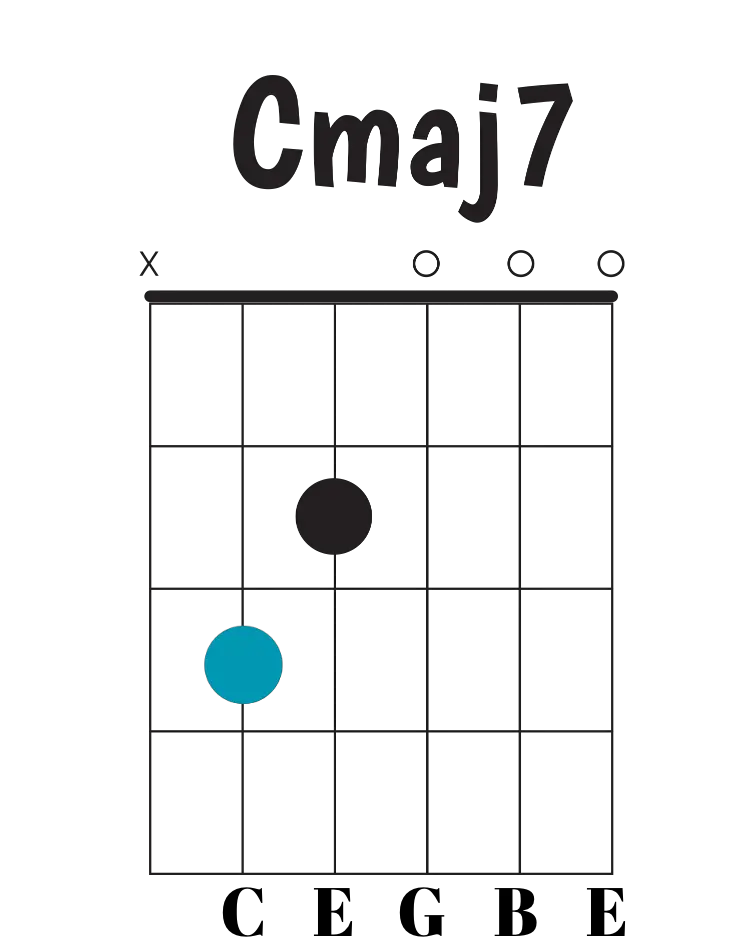
- Place your third finger on the third fret of the A string
- Place your second finger on the second fret of the D string
- Play all of the strings except for the low E string
When playing a Cmaj7 chord, it’s important to make sure that each note rings out clearly. You may need to adjust your finger placement to achieve this.
Alternative Cmaj7 Chord Shapes
While the basic Cmaj7 chord shape is useful, there are also alternative shapes that you can use to play the chord. Here are a few examples:

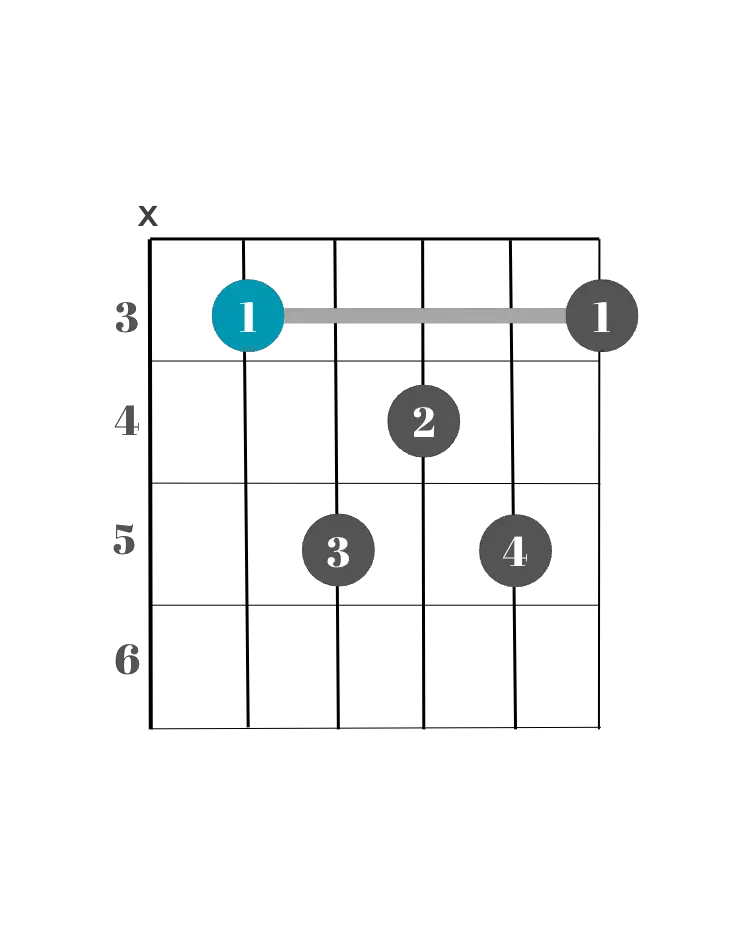
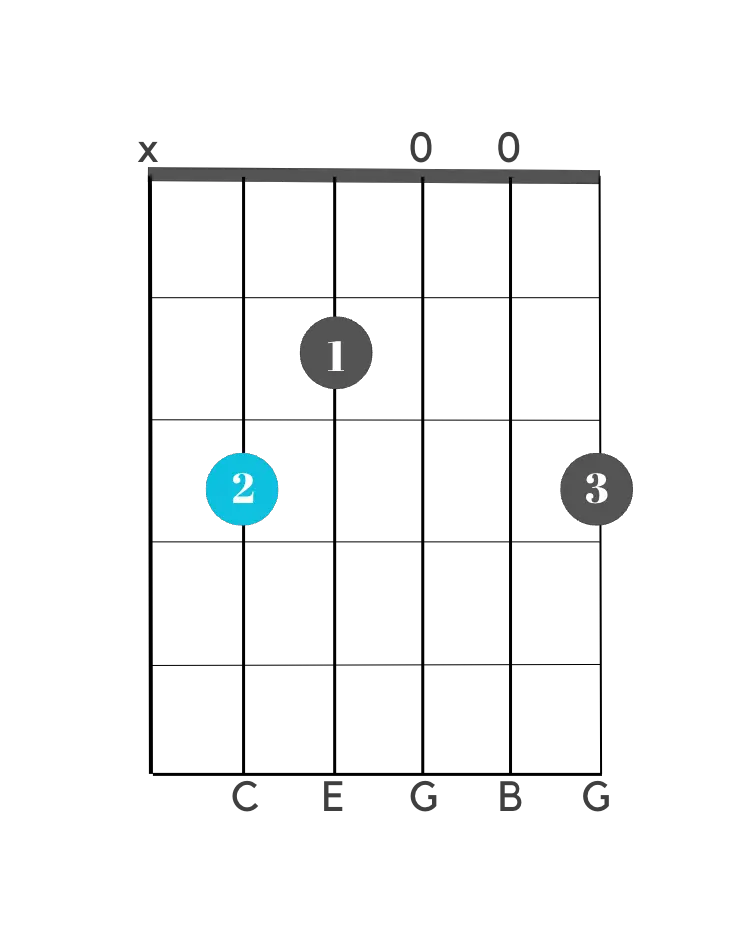
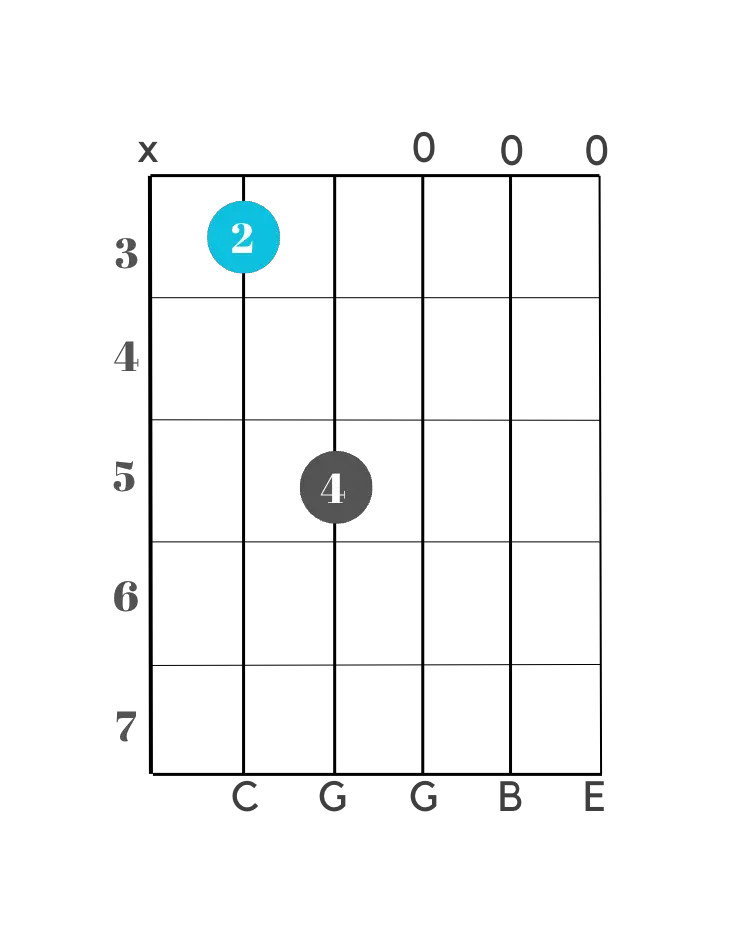


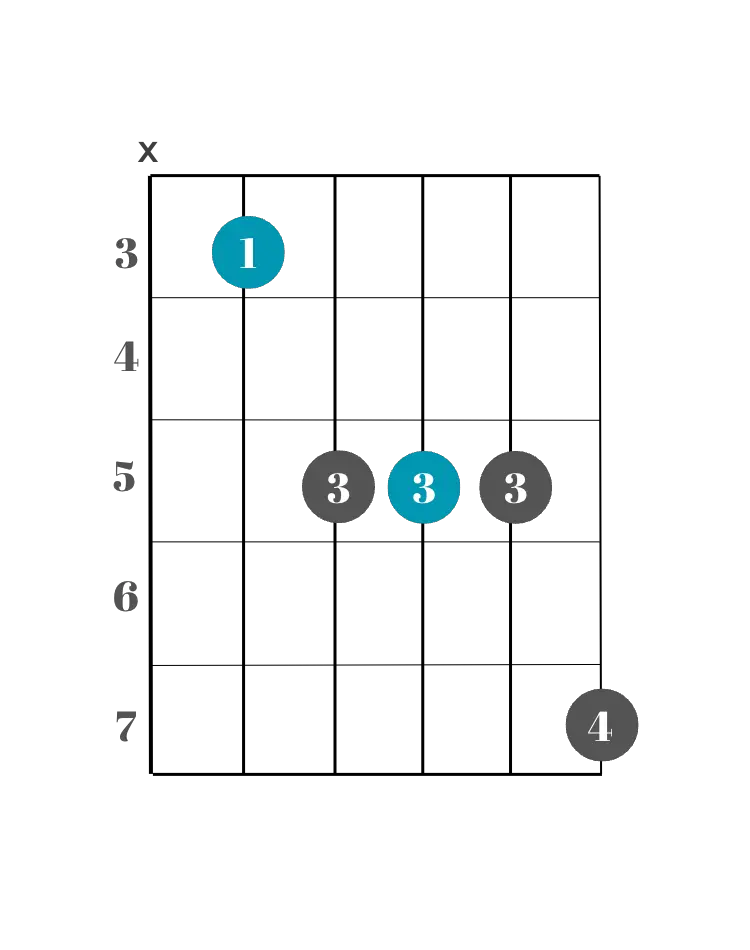
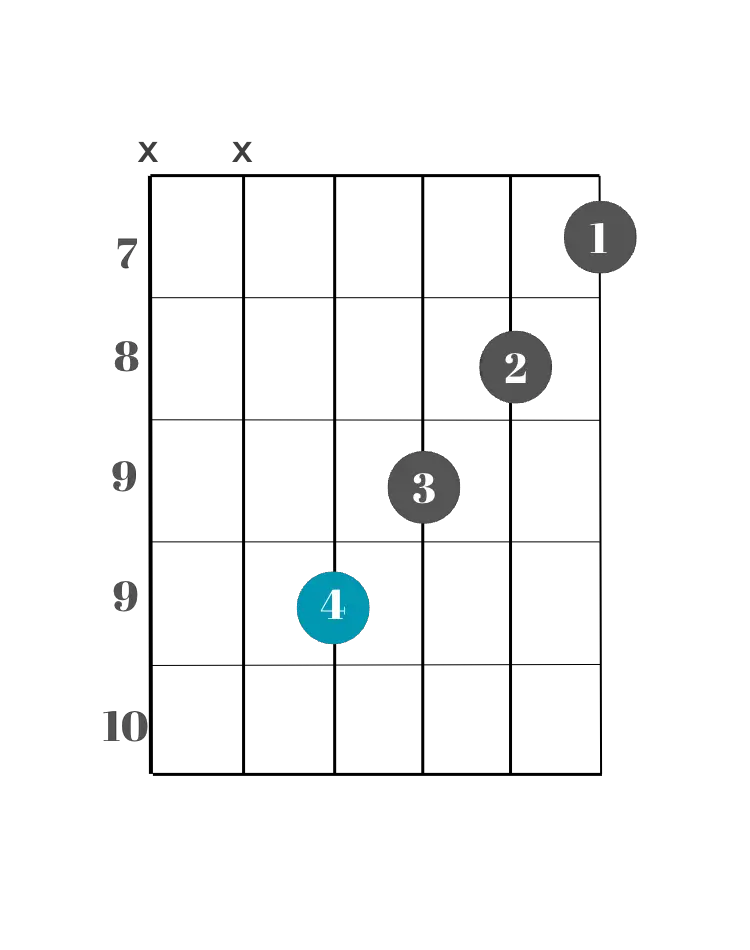
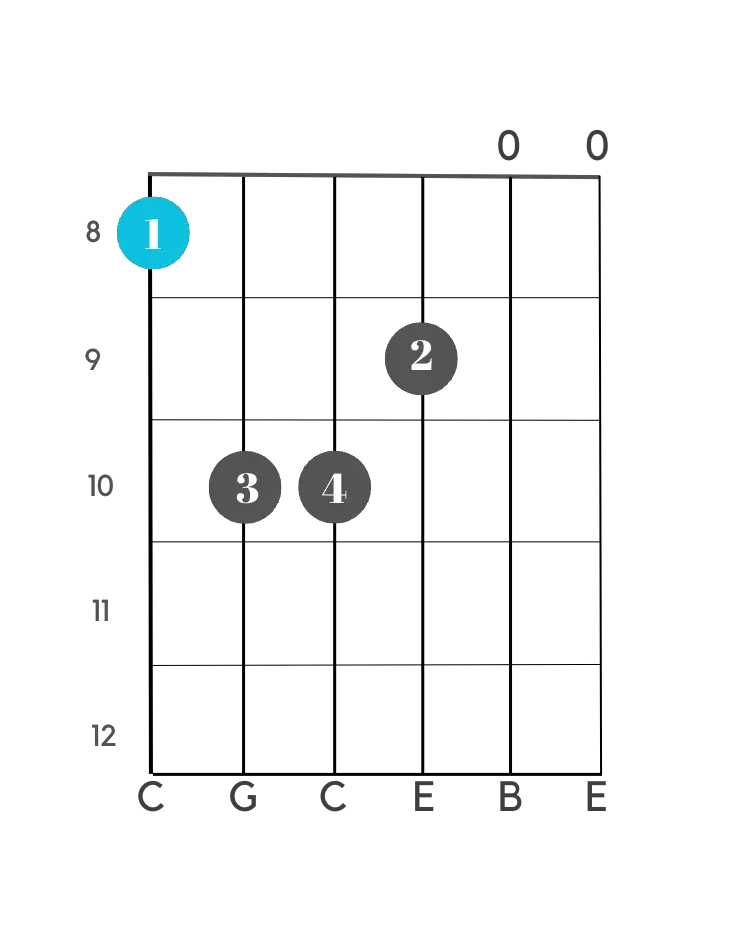
These alternative shapes can be used to add variety to your playing and make it easier to transition between chords.
Tips for Playing the Cmaj7 Chord
Here are some tips to help you play the Cmaj7 chord more effectively:
- Practice slowly at first to ensure that each note rings out clearly.
- Use the tips of your fingers to press down on the strings.
- Keep your fingers close to the frets to minimize buzzing or muted strings.
- Experiment with finger placement to find the most comfortable position for your hand.
- Use the palm of your strumming hand to mute any strings that should not be played.
Common Chord Progressions Using Cmaj7
The Cmaj7 chord is commonly used in many chord progressions. Here are a few common chord progressions that use the Cmaj7 chord:
- Cmaj7 – Fmaj7 – G7 – Cmaj7
- Am7 – Dm7 – G7 – Cmaj7
- Cmaj7 – G7 – Am7 – Em7 – Fmaj7 – Cmaj7
Songs That Use the Cmaj7 Chord
Many popular songs use the Cmaj7 chord in their chord progressions. Here are a few examples:
- “Anti Hero” by Taylor Swift
- “Candy Necklace” by Lana Del Rey
- “Crazy Little Thing Called Love” by Queen
- “Sunday Morning” by Maroon 5
- “Fragile” by Sting
These songs showcase the versatility of the Cmaj7 chord and how it can be used in various genres of music.
Other Variations of the Cmaj7 Chord
In addition to the basic Cmaj7 chord, there are also other variations that you can explore. Here are a few examples:
- Cmaj7#11
- Cmaj7b5
- Cmaj7#5
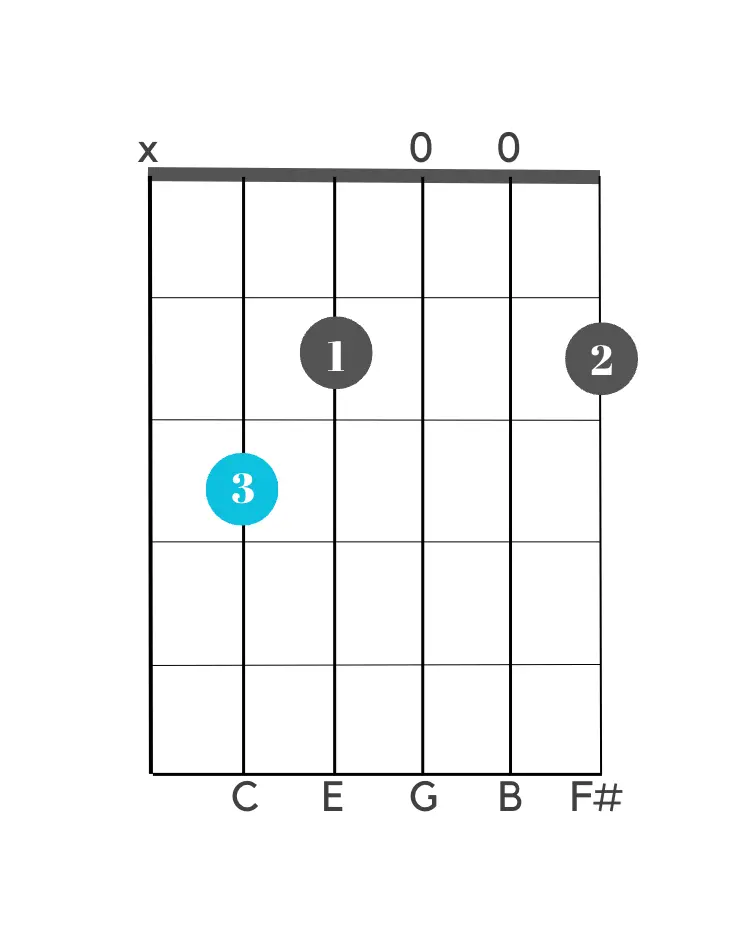
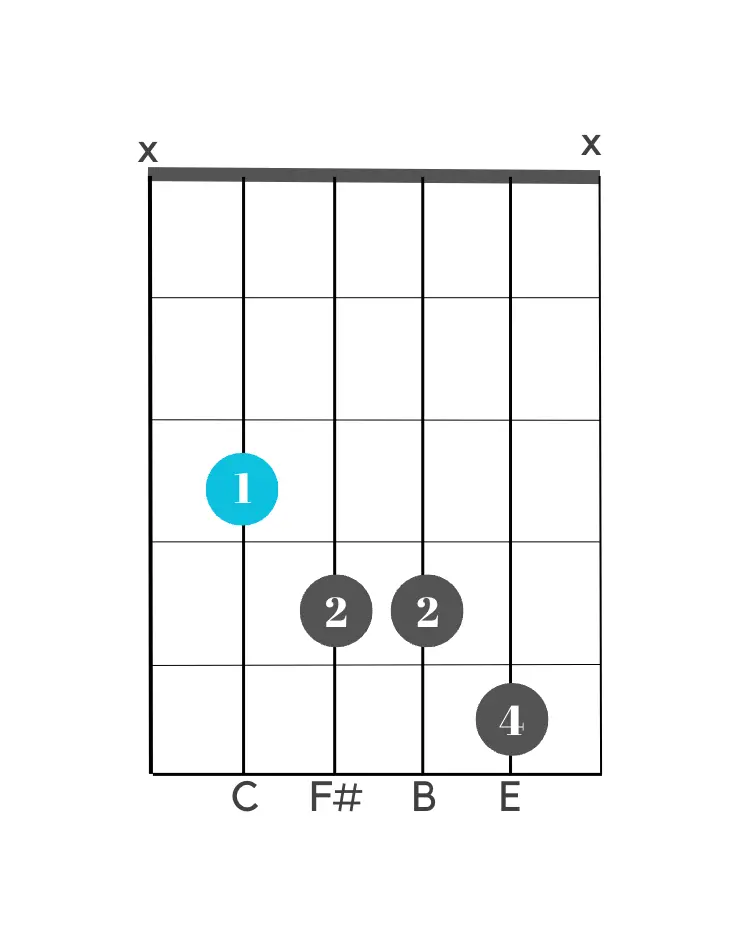
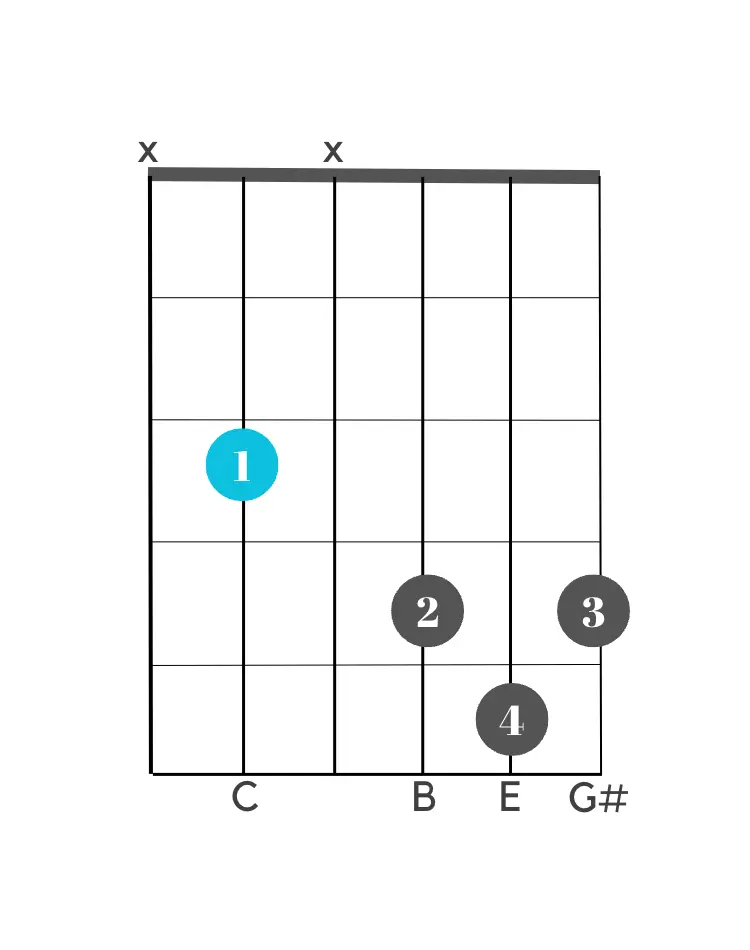
These variations can add complexity and depth to your playing and can be used in various chord progressions.
The Relationship Between Cmaj7 and Other Chords
The Cmaj7 chord is closely related to other chords, such as C, C7, and C6. Understanding the relationship between these chords can help you create chord progressions and improvise with ease.
How to Practice Cmaj7 Chord Progressions
To practice Cmaj7 chord progressions, start by playing simple progressions such as Cmaj7 – Fmaj7 – G7 – Cmaj7. As you become more comfortable with these progressions, try more complex progressions that incorporate other chords.
Tips for Playing the Cmaj7 Chord
- Use proper finger placement:
- To play the Cmaj7 chord, place your third finger on the 3rd fret of the A string, and put the 2nd finger on the 2nd fret of the D string, 2nd and the 1st string remain open.
- Strum from the A string:
- To get a full sound from the Cmaj7 chord, it’s best to start your strumming from the A string.
- Practice with a metronome:
- Using a metronome can help you keep a consistent rhythm while practicing Cmaj7 chord progressions.
- Experiment with different strumming patterns:
- Changing up your strumming pattern can add variety and interest to your playing.
Common Mistakes to Avoid When Playing the Cmaj7 Chord
Here are some common mistakes to avoid when playing the Cmaj7 chord:
- Fretting the wrong strings or frets
- Muting or buzzing strings
- Not pressing down hard enough on the strings
- Strumming too hard or too soft
- Not using the correct finger placement
Conclusion
The Cmaj7 chord is an essential chord for any guitarist to learn. It can add a unique and sophisticated sound to your playing and is used in many genres of music. By practicing the Cmaj7 chord and experimenting with different chord progressions and variations, you can take your guitar playing to the next level.
FAQs
What is the difference between a Cmaj7 chord and a C7 chord?
Cmaj7 chord has a major seventh, while a C7 chord has a dominant seventh. This gives the two chords a slightly different sound.
How do I play the Cmaj7 chord on an acoustic guitar?
The basic Cmaj7 chord can be played on an acoustic guitar using the same finger placement as on an electric guitar.
Can I use the Cmaj7 chord in a blues progression?
Yes, the Cmaj7 chord can be used in a blues progression. It can add a unique and mellow sound to the progression.
How do I transition smoothly between Cmaj7 and other chords?
Practice transitioning between Cmaj7 and other chords slowly at first, and gradually increase the speed as you become more comfortable.
Can I use the Cmaj7 chord in fingerstyle guitar playing?
Yes, the Cmaj7 chord can be used in fingerstyle guitar playing. Experiment with different finger placements and variations to create unique sounds.
